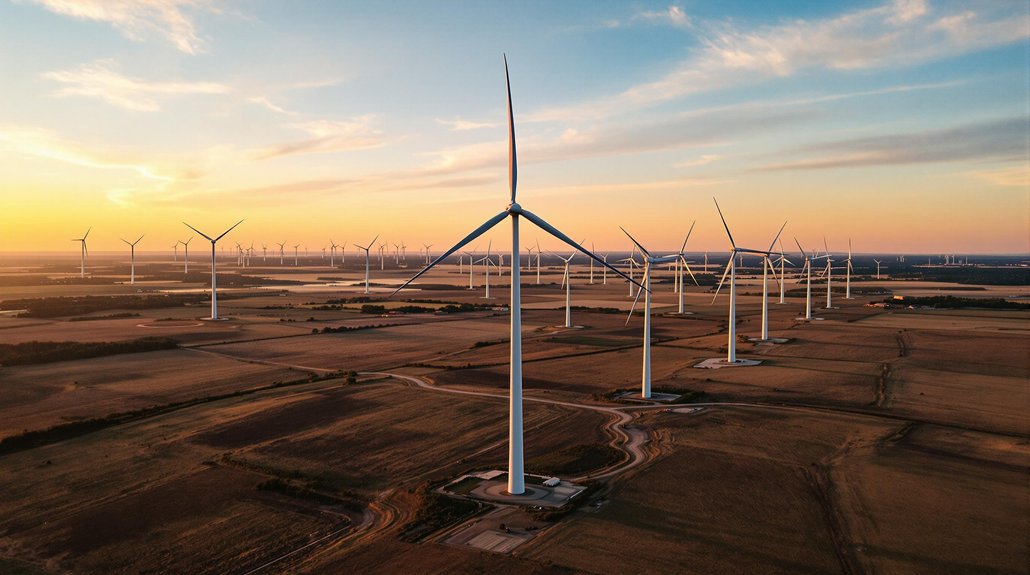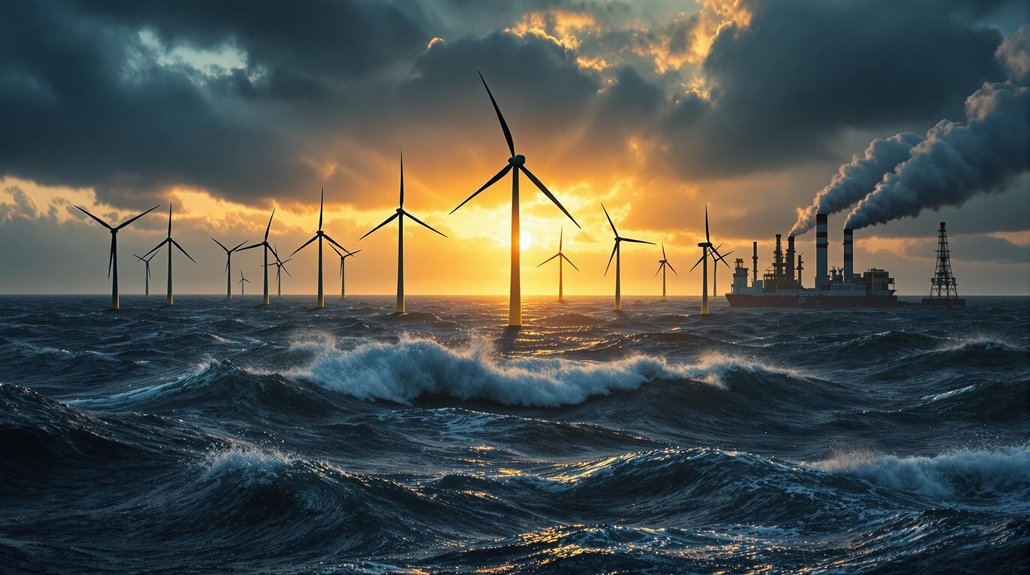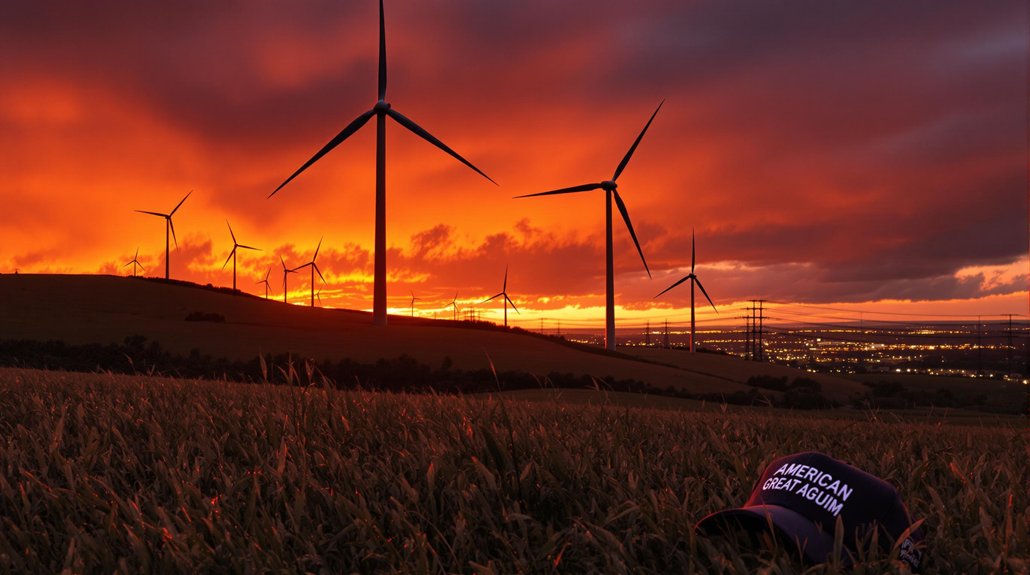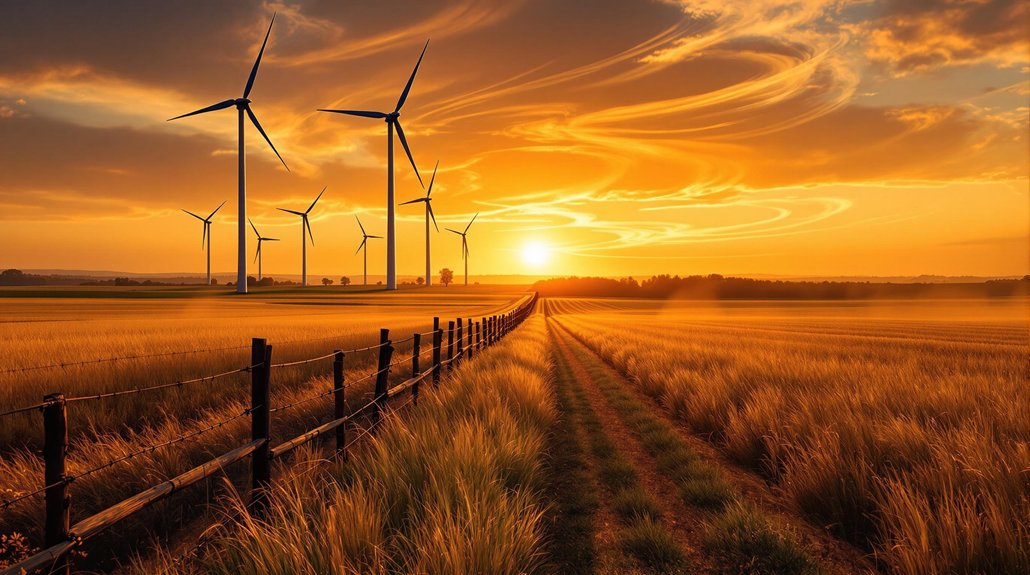India’s plan to double wind energy capacity to 100 GW by 2030 faces significant challenges. The country currently has over 50 GW installed and must overcome financing hurdles despite strong manufacturing capabilities. Local companies like Suzlon and Siemens Gamesa are expanding production of turbines and components to meet targets. Annual investments need to reach $68 billion by 2032 while rising costs threaten progress. The roadmap requires coordinated policy support and technological advancement.
While India has made significant strides in renewable energy, the country now faces its biggest challenge yet—doubling its wind energy capacity to 100 GW by 2030. With current capacity just over 50 GW as of March 2025, India must accelerate its wind energy growth to meet this ambitious target as part of its broader goal of 500 GW of non-fossil power capacity by 2030.
The government has created a clear roadmap to achieve this goal. It’s introduced a bidding system for agencies to procure 50 GW of renewable energy annually until 2028. The plan includes waiving transmission charges for wind projects completed by June 2025 and allowing 100% foreign investment through the automatic route.
India’s domestic manufacturing base is ready to support this expansion. The country already has more than 18 GW of annual manufacturing capacity for wind turbines and components. Companies like Suzlon, Nordex, Windar, and Siemens Gamesa produce essential parts including blades, nacelles, and towers within India.
These efforts align with the government’s ‘Make in India’ initiative, positioning India as a potential leader in the global wind energy supply chain. The industry is investing in capacity expansion, new technology, and workforce development to meet growing demands.
However, challenges remain. Rising financing costs could derail progress toward renewable energy targets. Experts warn that a 400 basis point increase in financing costs might prevent India from reaching its 500 GW goal. Annual investment flows must reach USD 68 billion by 2032 to support this massive transition. The industry also needs better coordination between market demand and defined targets. India could learn from the US experience, where wind energy now accounts for 10.2% of electricity generation despite facing similar growth challenges.
To enforce compliance, the government has established Renewable Purchase Obligations and Renewable Consumption Obligations with penalties for non-adherence. The Union Budget 2025 emphasizes long-term energy security through a diversified energy mix. Wind energy’s ability to provide round-the-clock electricity complements solar generation, making it crucial for grid stability and reliability.
India’s wind energy sector stands at a vital juncture. With strong manufacturing capabilities, supportive policies, and clear targets, the country’s 100 GW wind energy ambition seems within reach—if it can overcome financing hurdles and maintain policy momentum.
References
- https://newsarenaindia.com/economy/eyeing-100gw-target-wind-energy-sector-investing-in-workforce/43316
- https://ember-energy.org/latest-updates/navigating-risks-to-unlock-indias-500-gw-renewable-energy-target-by-2030/
- https://windinsider.com/2025/03/18/indias-wind-energy-capacity-reaches-48-59-gw-amid-policy-push/
- https://ember-energy.org/latest-insights/union-budget-2025-focusing-on-long-term-energy-security-and-domestic-manufacturing/
- https://cleantechnica.com/2023/09/07/india-has-the-potential-to-dominate-the-global-wind-energy-supply-chain/









